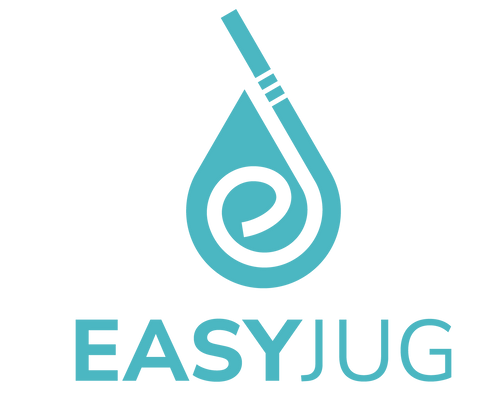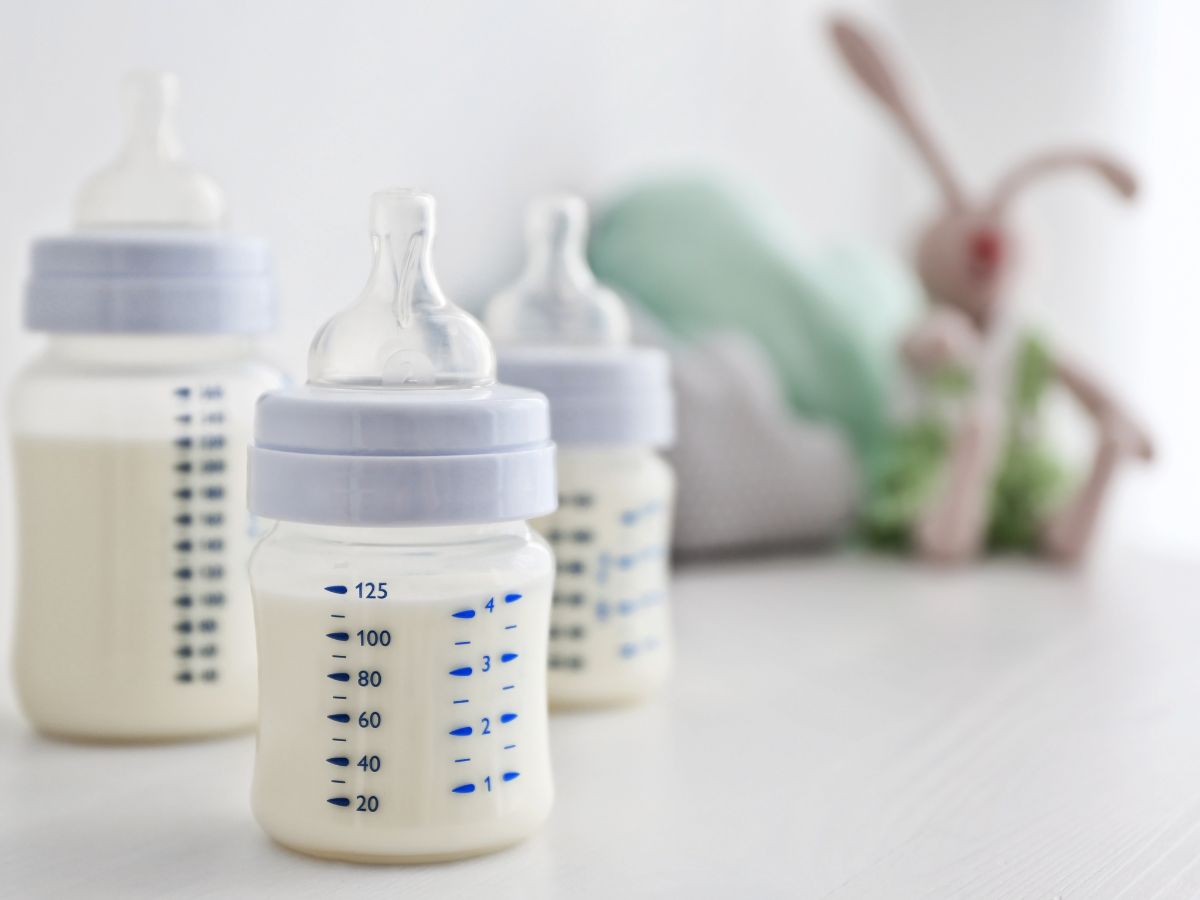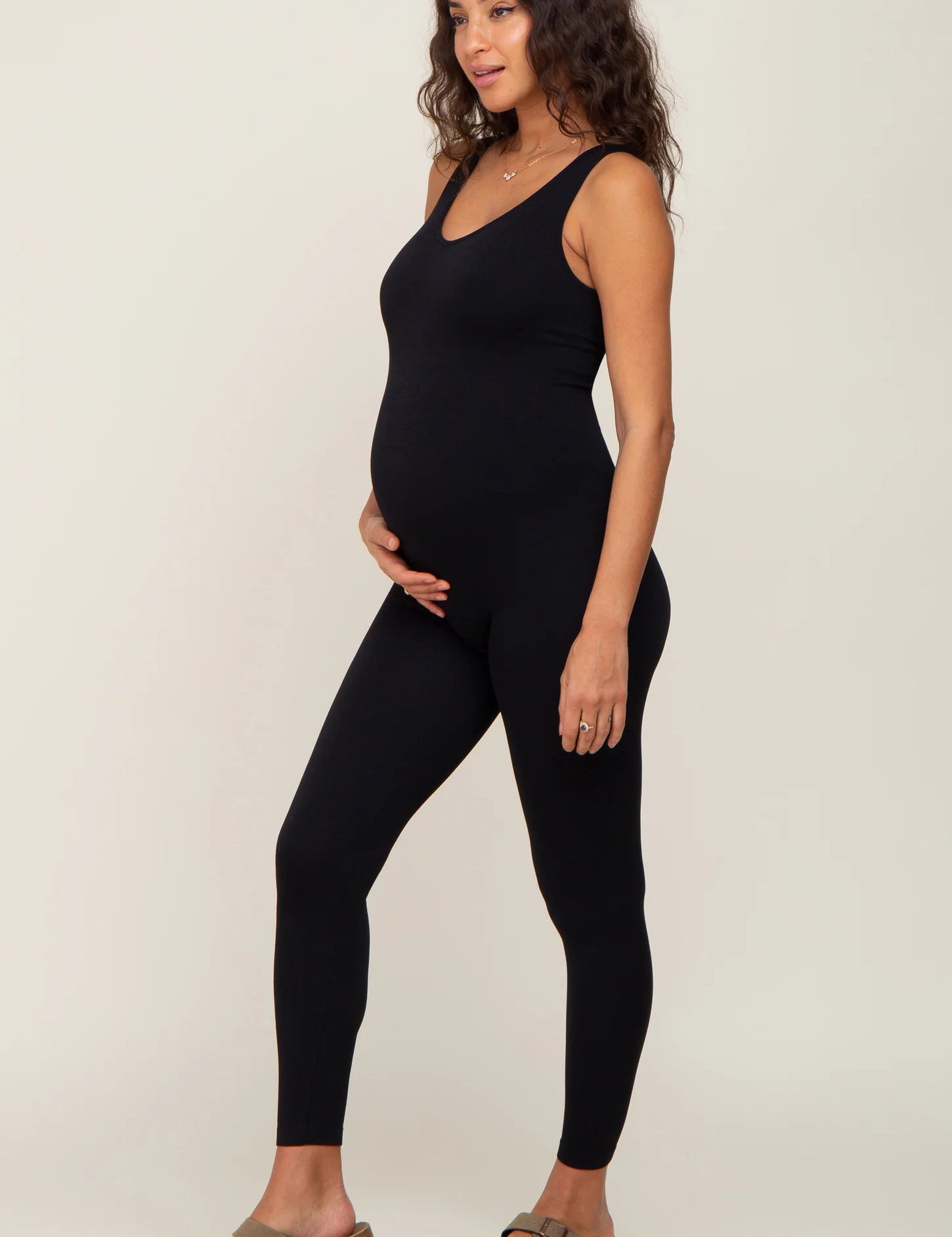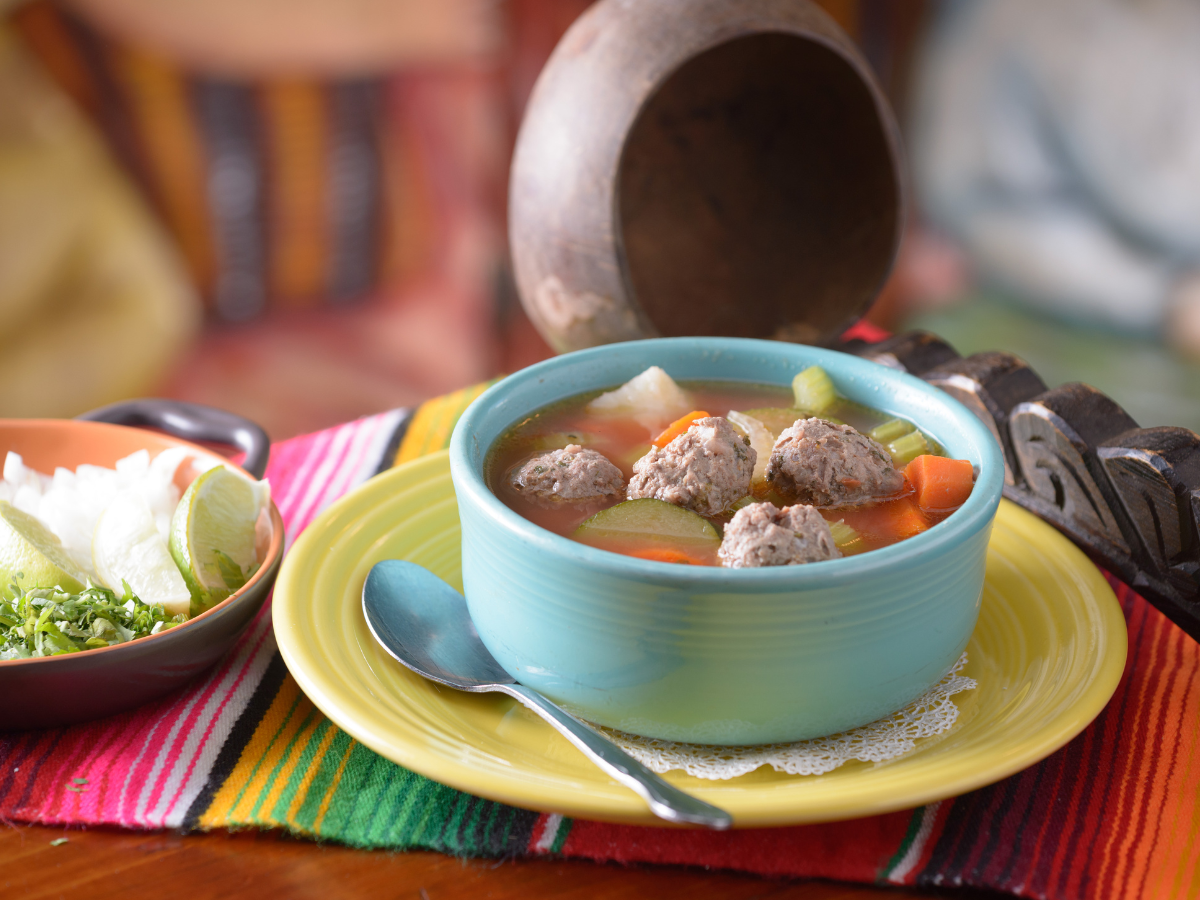Are you juggling the precious task of handling breast milk for your little one and wondering, "Once breast milk is heated, can it be refrigerated again?" Well, you're in the right place! Navigating the world of breast milk management is a common challenge, especially when it comes to understanding what to do with heated breast milk that hasn't been finished. It's crucial to handle this precious resource properly to ensure your baby's health and safety. Let's explore the best practices for storing, reheating, and utilizing breast milk to make the most of every drop of this liquid gold.
Warm Breast Milk: To Chill or Not to Chill?
Heating breast milk to just the right body temperature is like a warm hug for your baby's tummy. But what happens when your baby's eyes are bigger than their belly, and you've got leftover warm milk? The general consensus from the American Academy of Pediatrics and the CDC guidelines is all about quality and safety. So, let's unpack this, shall we?
Storing the Liquid Gold
Firstly, fresh breast milk is a living liquid. It’s packed with all the good stuff, tailored for your baby's nutritional needs. When you're storing breast milk, whether it's fresh or after a warm-up, there's a golden rule: you've got to keep it at the right temperature to maintain its best quality. Storage container choice matters, too – use breast milk storage bags or bottles with a tight-fitting lid and mark them with your baby's name (a little personal touch that also helps in child care settings).

From Warmth to Coolness
So, your baby didn't finish their bottle of breast milk, and it's been heated to that perfect, cozy temperature. You might be tempted to pop it into the refrigerator for later use. Here's the scoop: Once heated, milk shouldn't go back to cold storage. Why? It comes down to the risk of bacterial growth. Even with the best intentions, uneven heating can create hot spots that spoil the party, leading to a potential foul odor and decreasing the milk's nutritional value.
No Back and Forth
We've all heard about the magical benefits of breast milk, often called 'liquid gold' by lactation consultants. It's vital to avoid temperature fluctuations that can degrade these benefits. Hence, reheating and then cooling it again is like giving bacteria a free pass to the funfair inside your milk – not a good idea.
Best Practices for Breast Milk Storage
-
Store Breast Milk Safely: Use insulated cooler bags and the back of the refrigerator for untouched milk. Think of it as a VIP lounge for your breast milk, away from the hustle and bustle of door openings. Right the date on the bag so you always know which milk needs to be used first.
-
Small Quantities Are Key: Small batches in breast milk storage bags or bottles make it easier to warm just what you need. And if you have leftover milk, it's better to use it for a milk bath or as a soothing balm than to re-chill it.
-
Thaw with Care: Frozen breast milk should be thawed in the refrigerator or in a bowl of lukewarm water. Once it's thawed, use it within the next feeding time frame to ensure its freshness.
-
Warm It Up Right: When it's time to warm breast milk, a bowl of warm water or bottle warmers are your best friends. Aim for milk that's gently warmed to room temperature, mimicking the natural warmth of milk straight from the breast.

How to Create a Nourishing Milk Bath Using Leftover Breast Milk
Breast milk is renowned for its comprehensive nutritional profile, beneficial for both feeding infants and as a skin-soothing remedy. When you have leftover breast milk that can’t be reused after reheating, consider repurposing it into a luxurious milk bath. This is not only a great option for using up breast milk that adheres to breast milk storage guidelines but also provides a delightful, nourishing experience for the skin.
A milk bath with breast milk can be particularly soothing due to its natural fats and antibodies, making it an excellent choice for calming irritated skin and enhancing skin hydration. Before preparing your milk bath, ensure that the milk has been stored correctly, avoiding repeated freeze-thaw cycles and temperature fluctuations to minimize bacteria growth. Here is a step-by-step guide on how to transform your unused breast milk into a soothing bath experience.
Ingredients and Materials:
- 1-2 cups of leftover breast milk (ensure it's milk that can no longer be fed to the baby due to reheating guidelines)
- Warm running water to fill your bathtub
- Optional: ½ cup of Epsom salt or natural oils for additional relaxation benefits
- Optional: Fresh or dried flowers to enhance the bathing experience
Step-by-Step Process:
-
Ensure Milk Safety: Check that the leftover breast milk has been stored according to the recommended guidelines. It should not have been left at different temperatures or reheated more than once, as this can promote bacteria growth and degrade the quality of the milk.
-
Prepare the Bath:
- Begin by filling your bathtub with warm running water to a comfortable level.
- Slowly pour 1-2 cups of leftover breast milk into the bath. This quantity ensures that the enzymes and beneficial properties of the milk are effectively dispersed throughout the water.
-
Add Extras (Optional):
- For additional benefits, add Epsom salt, which can help relax muscles and provide essential minerals.
- A few drops of lavender or chamomile oil can also be included for their calming properties.
- Scatter fresh or dried flowers for an aesthetic and aromatic bath time.
-
Mix and Soak:
- Gently stir the bathwater to mix the milk and any additional ingredients evenly.
- Soak for 15-30 minutes, allowing your skin to absorb the nutrients from the milk and added ingredients.
-
Aftercare:
- Rinse off with fresh water to remove any residues.
- Pat your skin dry and apply a moisturizer to lock in the hydration.

By following these steps, you can create a relaxing, moisturizing bath that not only helps in utilizing leftover breast milk but also adheres to the principles of waste reduction. This method is a personal choice that turns a common question—what to do with unused breast milk—into a luxurious and beneficial answer. Plus, it's a good way to adhere to proper breast milk storage by using up the oldest milk, preventing waste and ensuring that your child receives the freshest possible milk.
The Vital Role of Hydration in Breast Milk Production
Staying well-hydrated is crucial for nursing mothers to maintain optimal breast milk production. Water is a key component of breast milk, which is made up of about 90% water. Adequate fluid intake supports the body's ability to produce milk and ensures the health of both mom and baby. Understanding the importance of hydration can help you manage your milk supply more effectively and provide the best nutrition for your infant.
Why Hydration Matters for Nursing Mothers:
- Supports Milk Volume: Hydration can directly influence the amount of breast milk produced. Dehydration may lead to a decrease in milk supply, making it difficult to meet the nutritional needs of your baby.
- Enhances Milk Quality: Proper hydration helps maintain the balance of nutrients and milk fats, which are essential for your baby's growth and development.
- Reduces Health Risks: Staying hydrated helps prevent common complications in nursing mothers, such as urinary tract infections and constipation, which can affect overall health and lactation.

Tips for Maintaining Good Hydration:
- Monitor Fluid Intake: Aim for at least 8-10 glasses of water per day. Lactation consultants recommend increasing normal water intake during breastfeeding to support milk production. Around 18 cups of water throughout the day and night (all night feeding sessions) will keep you hydrated to meet your milk production needs.
- Include Variety in Your Fluids: While water is the best hydrator, incorporating milk, natural juices without added sugars, and non-caffeinated beverages can also contribute to your total fluid intake.
- Use Tools and Reminders: Keep a water bottle handy at all times, especially when using a breast pump or nursing. Many bottles come with measurement markings (recycle symbol number) that can help you track your intake throughout the day.
- Listen to Your Body: Drink whenever you feel thirsty, and be aware of signs of dehydration such as dark-colored urine or dizziness. Increase fluid intake if your environment is hot or if you are physically active.
Support Your Hydration and Milk Production with EasyJug
For breastfeeding mothers, staying hydrated is essential not only for your own health but also for maintaining a steady milk supply. EasyJug, a BPA Free 2.2L breastfeeding water bottle equipped with a 47-inch long straw, is designed to simplify hydration for nursing mothers. This innovative product ensures that mothers can drink water effortlessly in any position, supporting milk production and overall recovery post-delivery.
Benefits of Using EasyJug for Nursing Mothers:
- Hands-Free Hydration: The long straw allows you to drink comfortably in various breastfeeding positions, including lying down. This is especially useful when you are recovering from delivery and movement is limited.
- Convenient for Night Feeds: Keep EasyJug by your bedside to easily hydrate during late-night feeding sessions without having to sit up. This makes it easier to stay hydrated throughout the night, which is crucial for milk production.
- Large Capacity: With a capacity of 2.2 liters, EasyJug reduces the need for frequent refills, ensuring you have enough water within reach to meet your hydration needs throughout the day.
- Leak Prevention: After drinking, you can clip the straw on top of the lid, which helps prevent any spills or leakage, keeping your nursing area clean and dry.
- Ideal for Hospital and Home Use: Pack EasyJug in your hospital bag to ensure easy access to water post-delivery. It's also perfect for setting up at your nursing station at home, allowing you to stay hydrated even when your hands are full.
By incorporating EasyJug into your daily routine, you can enhance your hydration habits, support efficient breast milk production, and ensure a smoother recovery during the postpartum period. EasyJug offers a practical and effective solution for meeting the increased hydration demands of breastfeeding mothers.
Storing Breast Milk Safely:
Hydrated mothers produce healthier milk, which needs to be stored properly to preserve its quality:
- Temperature Control: Store expressed breast milk in the back of the freezer where the temperature is most consistent.
- Use Proper Containers: Utilize plastic bottles or bags designed for breast milk storage. These containers should be free of bisphenol A (BPA) and have tight-fitting lids to minimize the risk of contamination.
- Label and Date: Always label milk containers with the child’s name and the date of expression. This helps ensure that older milk is used first and maintains safety and quality.
Maintaining hydration is not just beneficial for lactation but is a cornerstone of overall health for nursing mothers. By following these guidelines, mothers can ensure they are providing the best possible nutrition for their babies while also caring for their own health.
Conclusion
Navigating the delicate balance of breast milk management is essential for the well-being of both mother and baby. This blog has explored crucial practices from the safe handling of heated breast milk to the innovative ways of using leftover milk and the importance of hydration to maintain milk production. Remember, once breast milk is heated, it should not be refrigerated again to prevent the risk of bacterial growth. Instead, consider creative uses like crafting a soothing milk bath, which not only utilizes the leftover milk but also provides a delightful and nourishing skin treatment.
Moreover, maintaining proper hydration is fundamental for effective lactation. Utilizing tools like EasyJug can make staying hydrated more feasible, especially during the demanding postpartum period. This 2.2L breastfeeding water bottle with its hands-free design ensures that you can easily drink water in any position, enhancing your milk production and overall recovery. As you continue your breastfeeding journey, keep these tips and tools in mind to ensure that you are providing the best for your baby, while also taking care of your own health. Through thoughtful management and the right resources, you can make the most of every drop of your precious 'liquid gold.'





